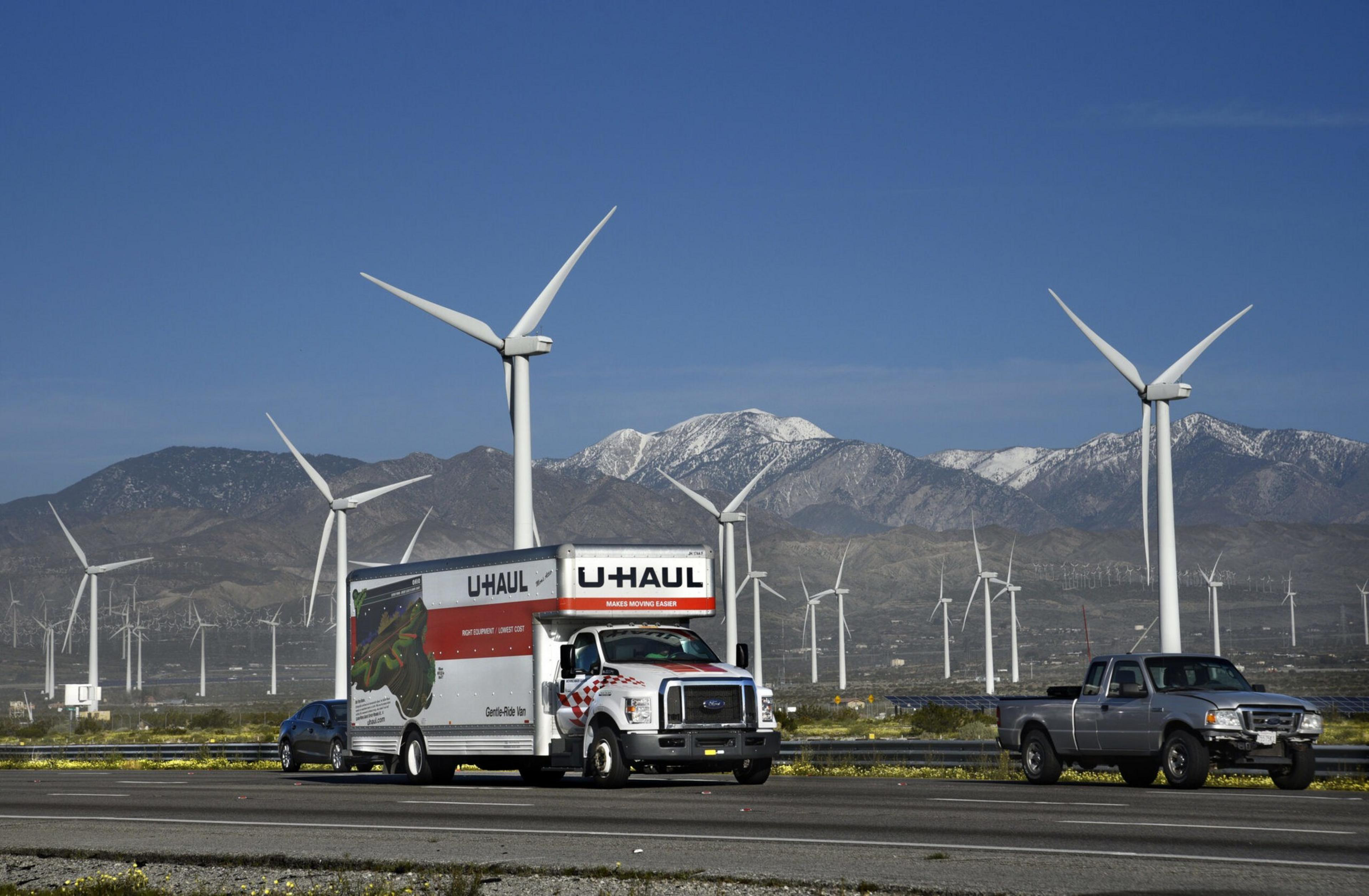As California’s population shrank for a second year in a row, a steady stream of San Franciscans left the city last year, according to a new analysis by The Standard. But many of those erstwhile San Franciscans remained in the state: Los Angeles, San Diego and Sacramento were the top destinations for people who booked one-way U-Hauls out of town.
Covid sparked a mass exodus from San Francisco that peaked in August 2020, U.S. Postal Service (USPS) data shows. That month, nearly 7,000 more people requested permanent address changes moving away from SF than arrived in the city. After the August 2020 crest, the change of address rate consistently dropped until it reached pre-pandemic levels in May 2021 and stayed steady throughout 2022.
That steady rate, however, still had thousands leaving the City by the Bay each month last year.
With the new year just beginning, it will be months before official figures show where the most San Franciscans decamped to in 2022. In the meantime, data from moving-truck rental company U-Haul (opens in new tab) provides insight into trends that are likely to emerge. The company tracks the origin and destination of its one-way truck rentals with the assumption that those customers are in the process of a move.
U-Haul’s data shows that the top five destination cities from San Francisco were all in California: Los Angeles, San Diego, Sacramento, San Jose and Sunnyvale. Las Vegas and Reno were the only out of state cities that cracked the top 10, along with Santa Monica, Santa Rosa and Antioch.
Domestic migration out of San Francisco exploded in 2020, but it’s actually long been the norm that SF loses more residents to other American cities than it gains. This mirrors larger trends in California, which lost the most people to domestic migration of any state from July 2021 to July 2022.
San Francisco has historically been a hub for international immigration into the U.S., which sustained the city’s population growth throughout the 2010s, even as many residents left. But immigration to California slowed in the late 2010s due in part to declining birth rates in some of the primary places where people often moved from. That includes Mexico, a significant place of origin for new California arrivals, explained Hans Johnson, a demographer at the Public Policy Institute of California.
Then, Covid travel restrictions combined with Trump-era policies to clamp down on international immigration in 2020, depriving San Francisco of the thousands who would have typically arrived to take the place of residents moving to other cities. As a result, only one county in the U.S. experienced a larger population decline than San Francisco in 2021.
Baby boomers represent a huge population in California, and as they reached their golden years in the 2010s, many retired. That left gaps in the workforce, many of which were filled by young immigrants.
In recent years, with immigration stymied and residents continuing to leave California, the region’s declining population has exacerbated challenges for business owners looking for workers, Johnson said. The state’s aging population has also led to a dip in the number of new children being born, putting pressure on some cities to shutter sparsely attended neighborhood schools, he added.
But there’s signs that California’s population loss is leveling off, even if it’s not returning to the booms of years past. Recently released census data shows that the number of international immigrants who moved to the state from July 2021 to July 2022 was triple the previous year’s total. It’s not yet a return to pre-Covid levels, but the figures are at least within the same range as before, Johnson said.
